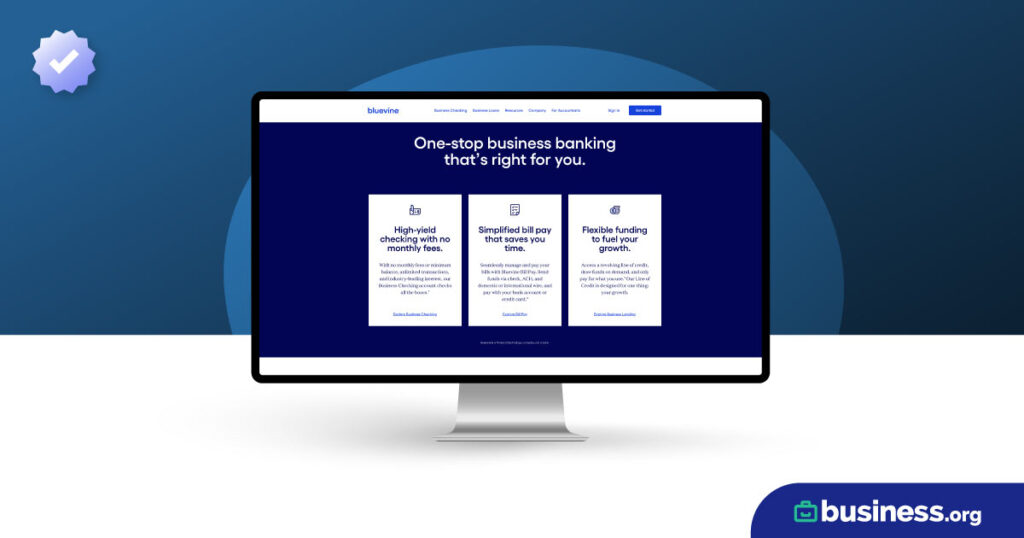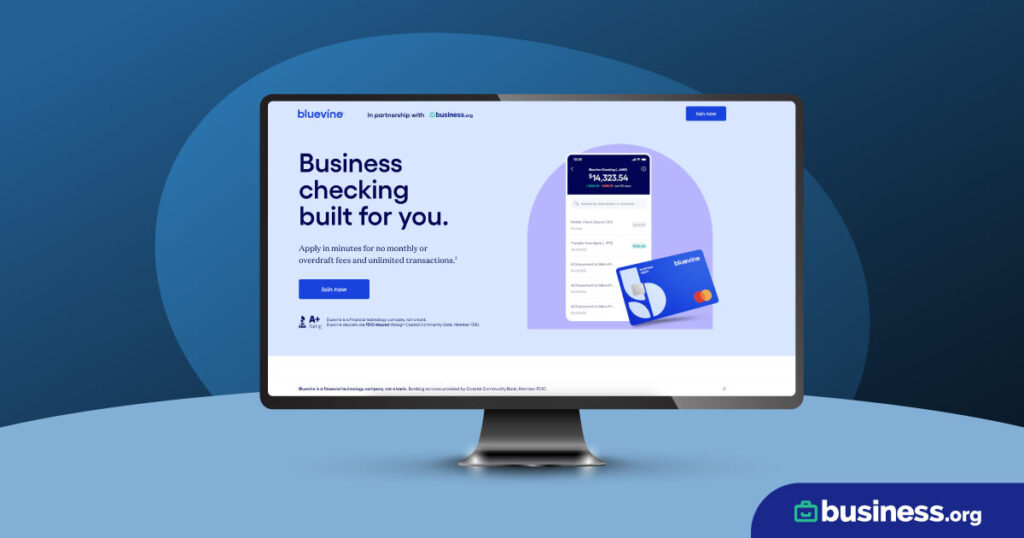We are committed to sharing unbiased reviews. Some of the links on our site are from our partners who compensate us. Read our editorial guidelines and advertising disclosure.
What Is a Good APR for a Business Credit Card?
If you’re a small business owner shopping around for a business credit card, it’s important to compare annual percentage rates (APR) across each option. An APR around 14% will help you save money and maximize purchasing power, while an APR of 17% or higher will cost you more money over the course of your monthly credit card payments.
But keep in mind, APR isn’t everything. In reality, there are many factors to consider before choosing the best small business credit card for your business.
Check out our guide to learn more about what APR is, how it’s calculated, and how APR compares among popular business credit cards.
What is APR?
APR is an annual percentage rate, or the yearly interest a bank charges a business owner on the money they borrow. It differs from an annual interest rate because it also includes any fees. APR will have a big impact on how much a small business owner ends up paying when there’s a balance on their credit card. Generally, the higher the rate, the more a small business owner will end up paying.
But APR shouldn’t affect cardholders who regularly pay off their entire balance on time and don’t accrue interest on their debt.
How does APR work?
Although APR is shown as an annual rate, it is usually charged based on outstanding monthly balance. Monthly APR can be calculated by dividing the rate by 12, then multiplying that number by the outstanding credit card balance.
(APR / 12) x Credit Card Balance = Monthly APR
Credit card companies divide the interest into a daily periodic rate, which spreads the fees out over the monthly credit card billing cycle. This number is calculated by dividing the APR by the number of days in the year.
APR / 365 = Daily Periodic Rate (DPR)
Small business owners can determine the amount of interest they owe by multiplying the daily periodic rate by the days in the billing period, then multiplying that number by the remaining balance. Note that interest and APR are not the same thing—APR includes fees, while interest does not.
(DPR x days in the billing period) x Remaining balance = Interest owed
APR can either be fixed or variable. A fixed APR stays the same over time, while a variable APR changes according to the index interest rate (like the Wall Street Journal prime rate). To find out how much your variable rate might change over time, check your cardholder agreement.
By signing up I agree to the Terms of Use and Privacy Policy.
How does APR affect business credit?
When a business owner takes out a business credit card and doesn’t pay it off completely each month, then there is a balance on that credit card that accrues interest. APR is the rate at which that interest accrues combined with any fees.These interest charges can build up quickly—and will continue to grow the longer the balance goes unpaid. APR can also be applied to cash advances, late payments, and more.
Ultimately, a higher APR makes it more difficult to pay off a credit card balance in full, which in turn can cause a small business owner to fall behind on payments, thus increasing the amount of interest and perpetuating the cycle. Making the minimum payment on a credit card often ends up costing more over time than if the cardholder makes a sizable payment far greater than the minimum payment.
Business owners who carry a hefty credit card balance will eventually see a drop in their business credit rating, making it more difficult to get approved for future business credit cards or loans.
What is considered a good APR for a business credit card?
A good APR for a business credit card is about 14%. This rate is reserved for small business owners with a good or excellent credit rating. Business credit cards with rewards programs and other benefits typically have higher APR. Keep in mind: many credit card companies tend to attract business owners by promising 0% APR, but the terms are only available for a limited time (and not always what they seem).
How do you qualify for a good APR?
Small business owners can qualify for a good APR by having a good credit score. Here are a few ways to give your credit rating a boost:
- Pay credit card bills on time.
- Use less than 30% of available credit.
- Don’t apply for multiple credit cards at once.
- Keep other credit cards active and pay them off in a timely manner.
- Keep tabs on your credit score.

Want affordable banking with great perks? With Bluevine, you can get a fee-free business checking account―and you can even earn up to $5,000 in interest.
The takeaway
A good APR for a business credit card is around 14% or lower, but it’s important to remember that APR won’t affect business owners who pay off their balance by the end of the monthly billing cycle. Most rewards credit cards have a higher APR, but the trade-off is usually worth it for business owners who pay off their balance on time. Those who plan on carrying a credit card balance will save money by choosing a business credit card with a lower APR.
Would you like to learn more about business credit card APR? Check out What Is APR? to find out how it affects your loans.
Related content
Business Credit Card APR FAQ
A good APR for a business credit card is anything 14% or below. Some credit card companies even offer as low as 0% intro APR, but these rates typically only last for a period of 3–20 months before increasing, so be sure to read the fine print before signing up.
An APR of 24.99% is higher than the average business credit card APR of 17.3%, but it’s an expected rate for small business owners who have a poor credit rating.
The average interest rate for a business credit card was about 17.3% in 2021.
An APR of 19.99% is higher than the 2021 average business credit card APR of 17.3%. Most small business owners with a good credit rating can obtain an APR below 19%.
Small business owners with a credit score around 700 should be able to get a business credit card APR below 19%.
APR stands for annual percentage rate of a credit card. This number is divided over a 12-month period—so a small business owner with a credit card APR of 24% will be charged 2% interest each month.
There are a number of reasons a business credit card may have a high APR—even for business owners with good credit. Reward credit cards often have higher APRs, but also offer perks like cash back, travel points, and discounts. APR may also be higher for business owners who use a high percentage of available credit, apply for several credit cards at once, or make late payments.
Disclaimer
At Business.org, our research is meant to offer general product and service recommendations. We don't guarantee that our suggestions will work best for each individual or business, so consider your unique needs when choosing products and services.




